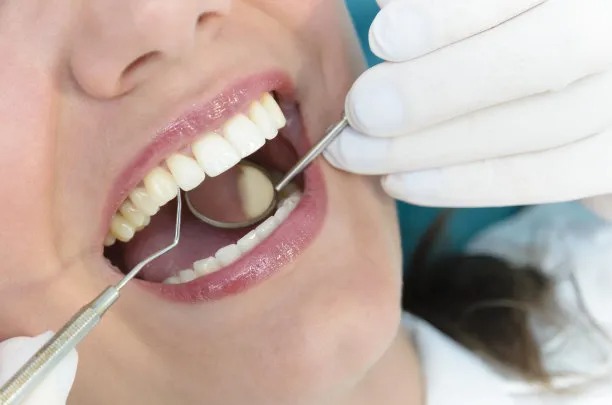The Essential Guide to Safely Extract a Tooth at Home with Tips and Precautions to Avoid Complications
Summary: Extracting a tooth at home can be daunting, yet there are instances where self-extraction might be necessary due to extreme pain or lack of access to a dentist. This article serves as a comprehensive guide providing essential tips and precautions on how to safely extract a tooth at home while minimizing the risk of complications. We will explore four key aspects: recognizing when it’s appropriate to extract a tooth, preparing for the procedure, the actual extraction process, and post-extraction care. Each section aims to arm you with the necessary knowledge to navigate the complexities of tooth extraction safely and confidently.
1. Recognizing When to Extract a Tooth

Before attempting to extract a tooth at home, it is crucial to determine whether it is truly the right course of action. Common reasons for self-extraction might include persistent toothache, abscesses, or loosened teeth. However, not all dental issues warrant self-treatment; serious conditions may require professional intervention.
Consulting a dentist is always preferable when possible. If experiencing severe pain, swelling, or an inability to open the mouth, these may be signs of complications that could worsen if treated improperly. Always assess your symptoms thoroughly.
Moreover, ensure that the tooth is ready for extraction. Adult teeth that are loose or severely damaged may be suitable candidates, while impacted teeth lingering below the gum line usually necessitate professional extraction. Understanding these distinctions is vital to prevent unnecessary harm.
2. Preparing for the Tooth Extraction
Preparation is key for a successful home tooth extraction. Start by gathering the necessary tools, including sterile gloves, gauze, dental floss, and a pair of pliers. Ensure everything is sanitized to reduce the risk of infection. It’s also crucial to have a friend or family member present to assist and provide support during the procedure.
Moreover, you should prepare mentally and physically. It’s advisable to have a clear understanding of the extraction process. Consider watching instructional videos or reading guides to familiarize yourself with the steps youll need to follow. Also, ensure you remain calm; anxiety can heighten pain perception and complicate the extraction process.
Furthermore, its essential to map out your post-extraction plan. Make arrangements for recovery, such as having ice packs prepared for swelling and soft foods available for consumption afterward. It may also be prudent to have a clear idea of what signs necessitate immediate medical attention post-extraction.
3. The Actual Tooth Extraction Process
When ready to proceed, begin by numbing the area around the tooth with an over-the-counter pain reliever or local anesthetic, if available. It’s essential to ensure that you feel minimal discomfort before starting the extraction. Position yourself in front of a mirror, which can help you see the tooth clearly and aid in your technique.
Begin by gripping the tooth gently with the pliers. Wiggle the tooth back and forth to loosen it from the socket gradually. Avoid applying excessive force; patience is crucial in this stage. Taking your time helps minimize pain and reduces the risk of complications or fracturing the tooth.
As the tooth loosens, pull it out gently with a steady motion. Ensure the entire tooth is extracted, including the roots, to prevent infection. Once removed, apply gauze to the extraction site and bite down gently to control bleeding. Persistence is essential; don’t rush this process to maintain safety.
4. Caring for the Extraction Site
Post-extraction care is critical in ensuring optimal healing. Keep the gauze in place for at least 30 minutes to help control bleeding. Following that, avoid vigorous rinsing or spitting in the first 24 hours, as this can dislodge the blood clot essential for healing.
Additionally, maintain a soft-food diet to avoid irritating the extraction site. Foods like yogurt, mashed potatoes, and smoothies are ideal in the initial recovery days. Gradually reintroduce your regular diet as the site heals.
It’s also important to monitor for any signs of infection, which may include increased pain, swelling, fever, or pus discharge. If any of these symptoms arise, seek dental attention immediately to prevent further complications.
Summary:
In summary, safely extracting a tooth at home entails recognizing the right circumstances for extraction, proper preparation, executing the extraction technique carefully, and addressing post-extraction care attentively. While it can be achieved safely with diligence, do not hesitate to seek professional help whenever possible to mitigate the risk of complications.
This article is compiled by Vickong Dental and the content is for reference only.


